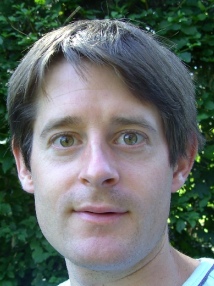BibTex format
@article{Scheuerl:2011:jhered/esr036,
author = {Scheuerl, T and Riss, S and Stelzer, CP},
doi = {jhered/esr036},
journal = {Journal of Heredity},
pages = {409--415},
title = {Phenotypic effects of an allele causing obligate parthenogenesis in a rotifer},
url = {http://dx.doi.org/10.1093/jhered/esr036},
volume = {102},
year = {2011}
}

